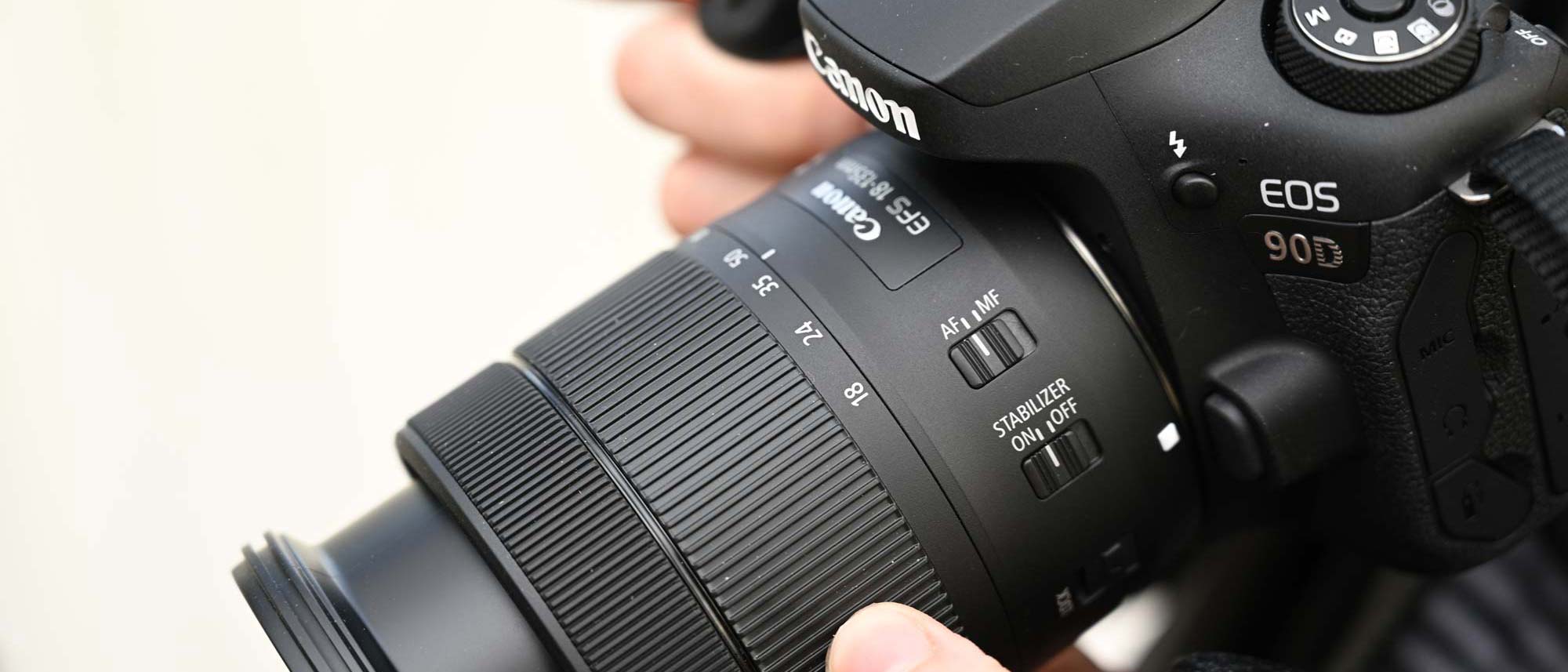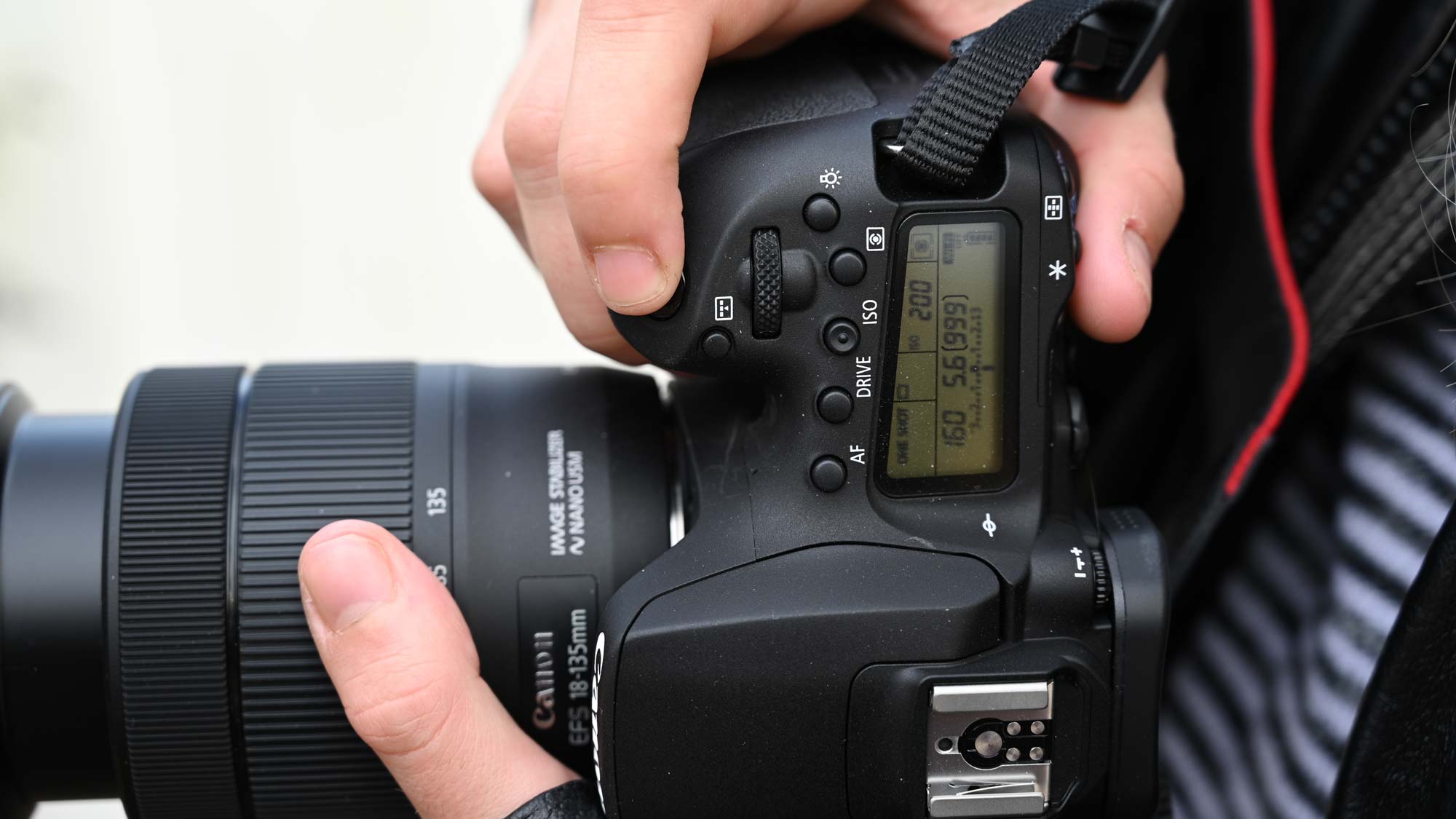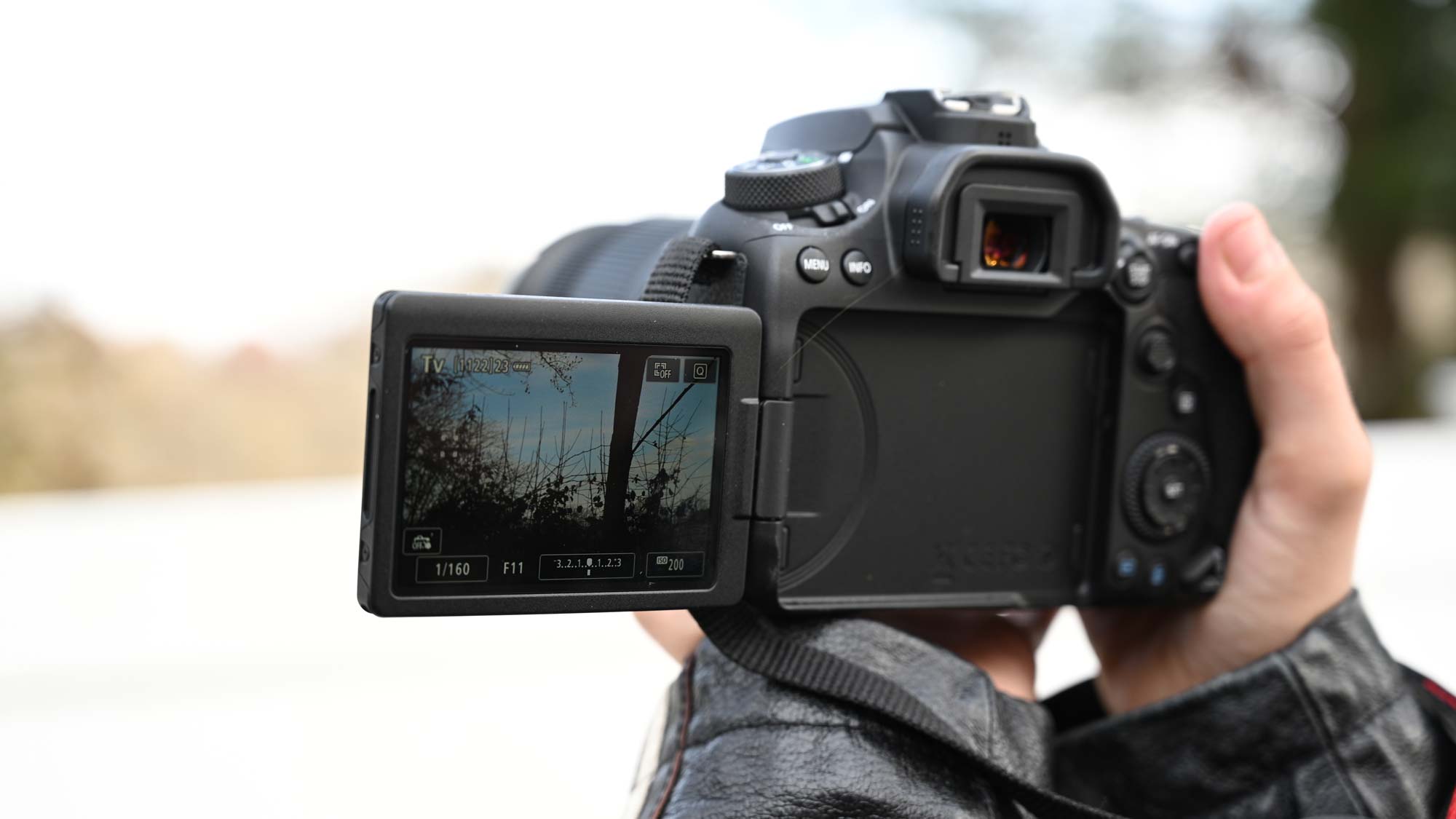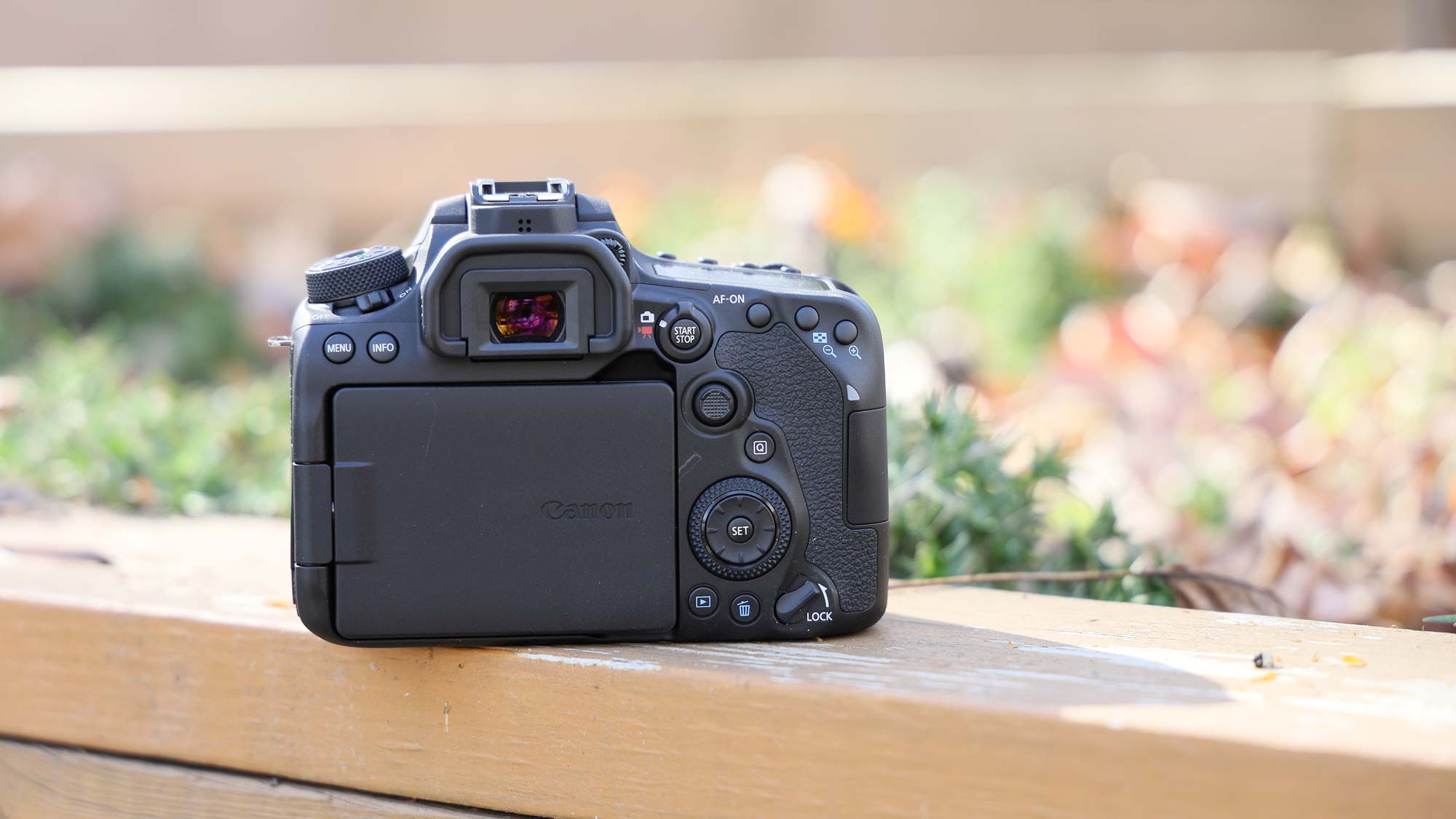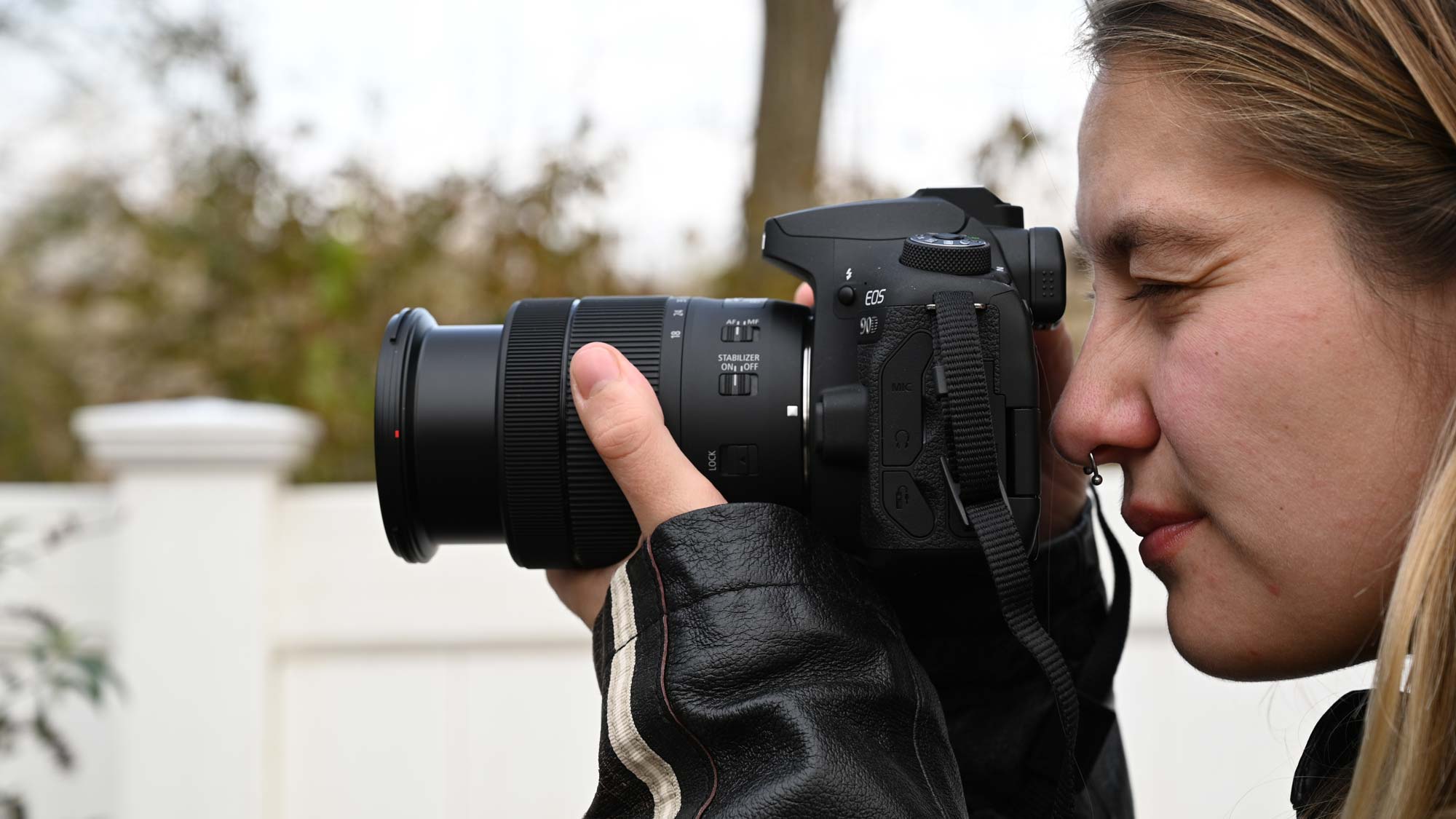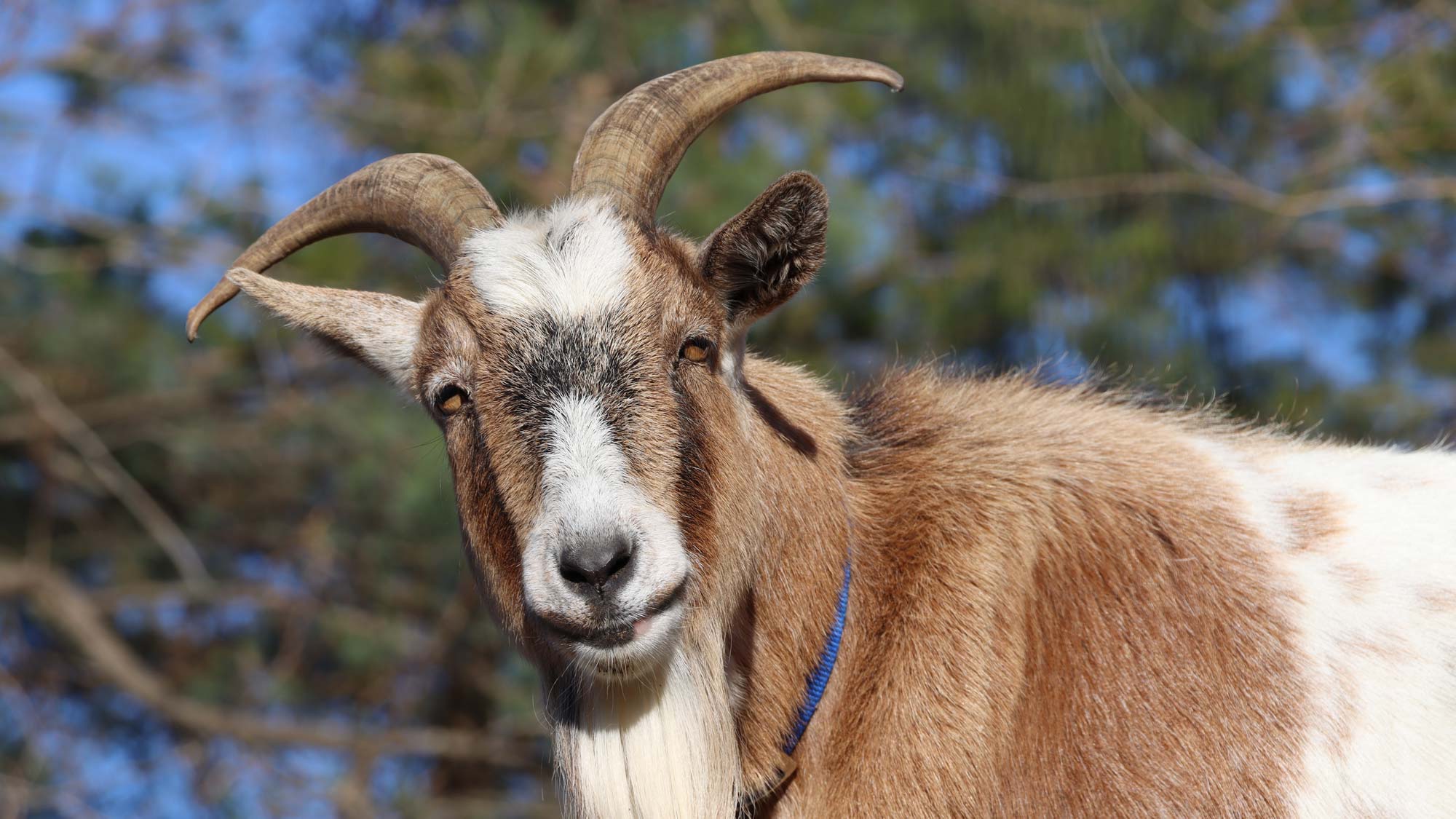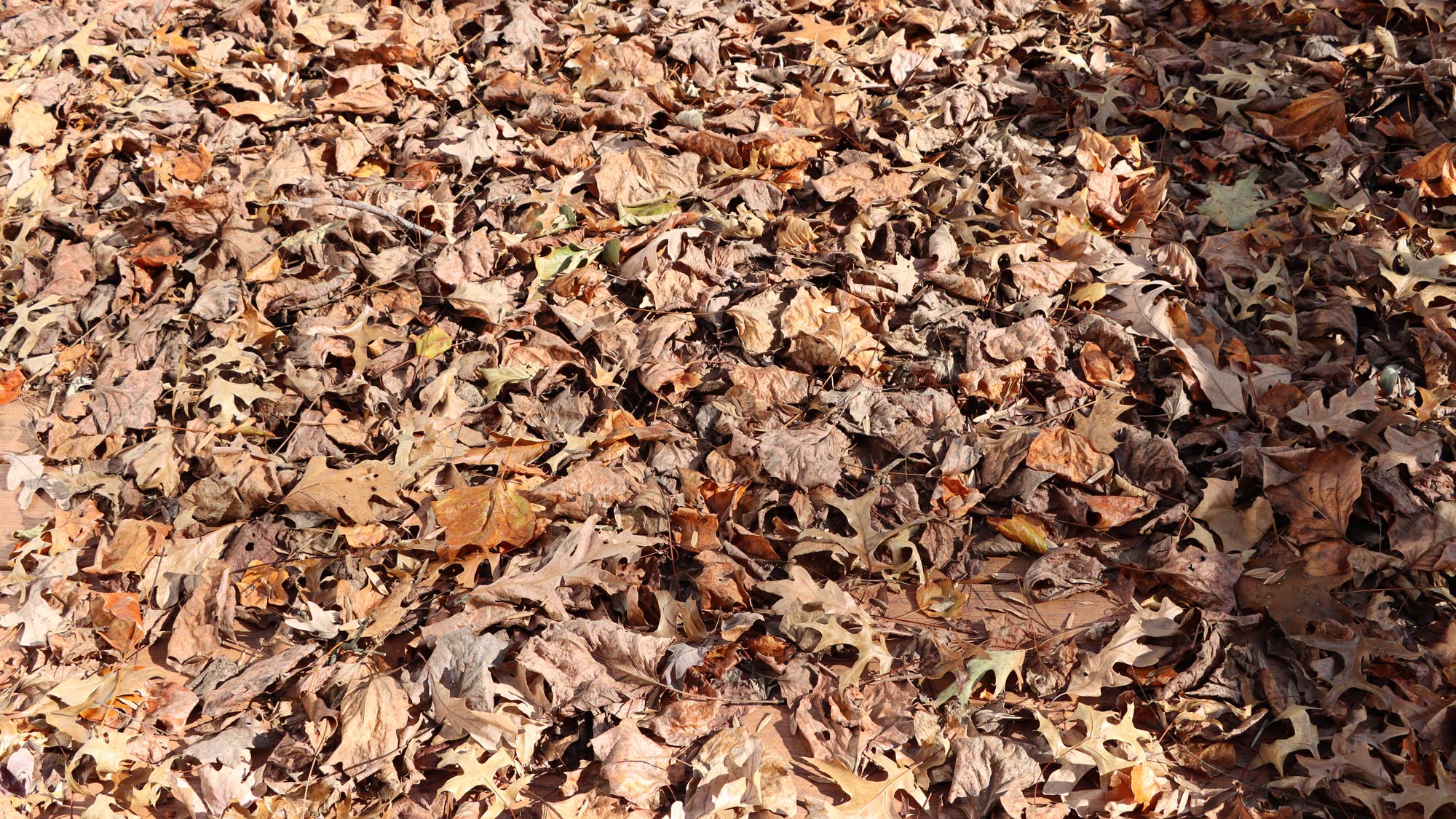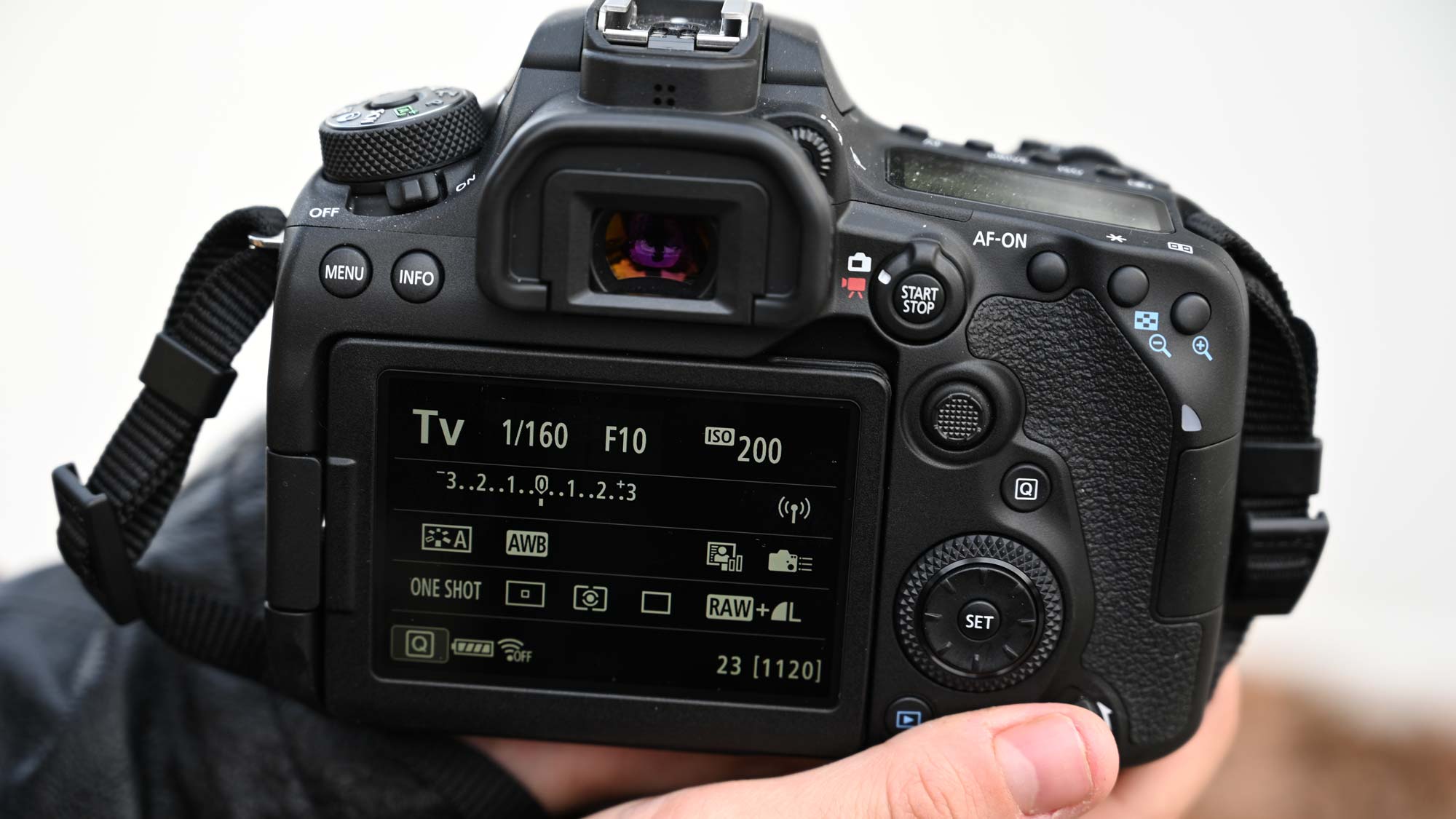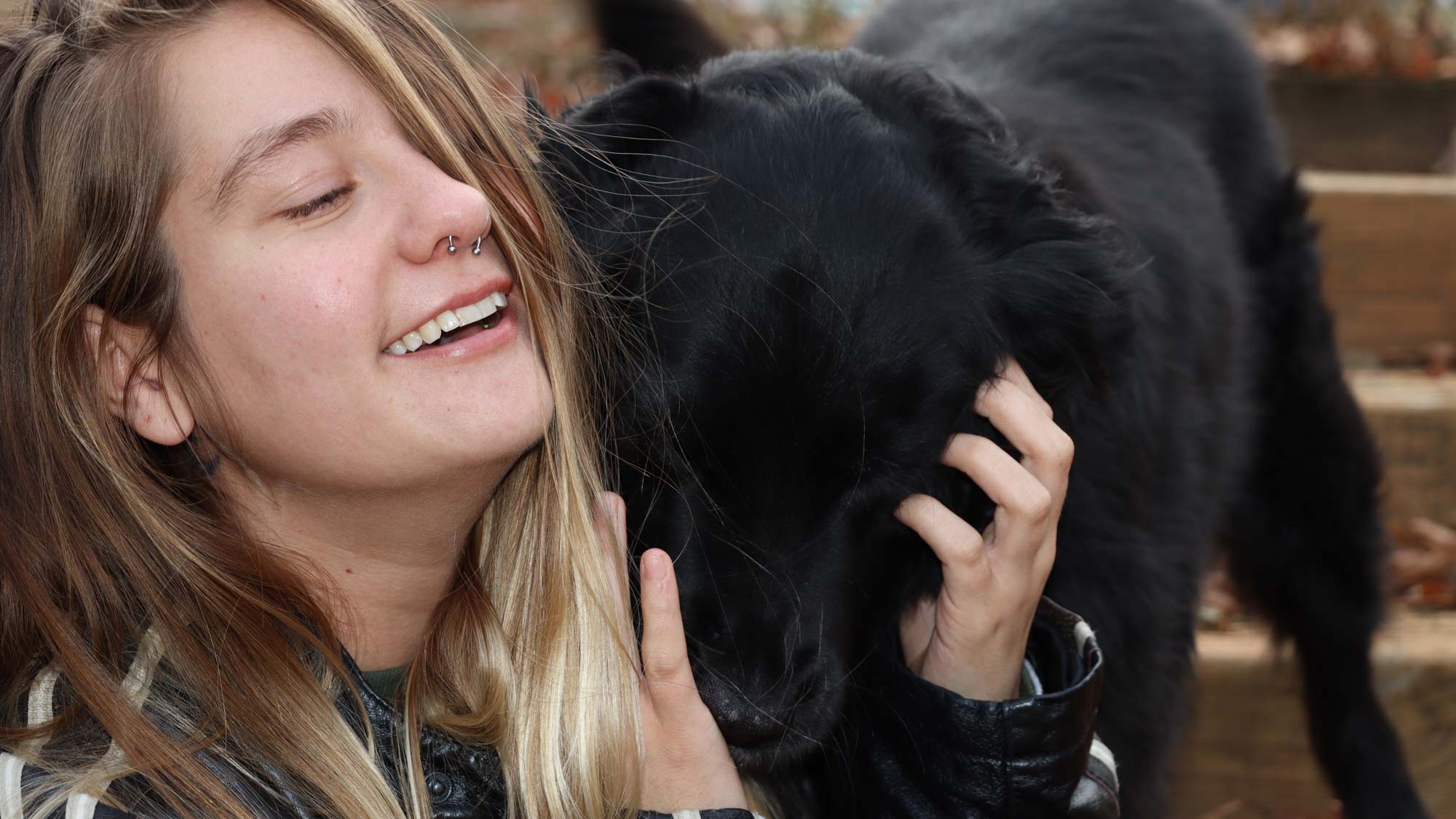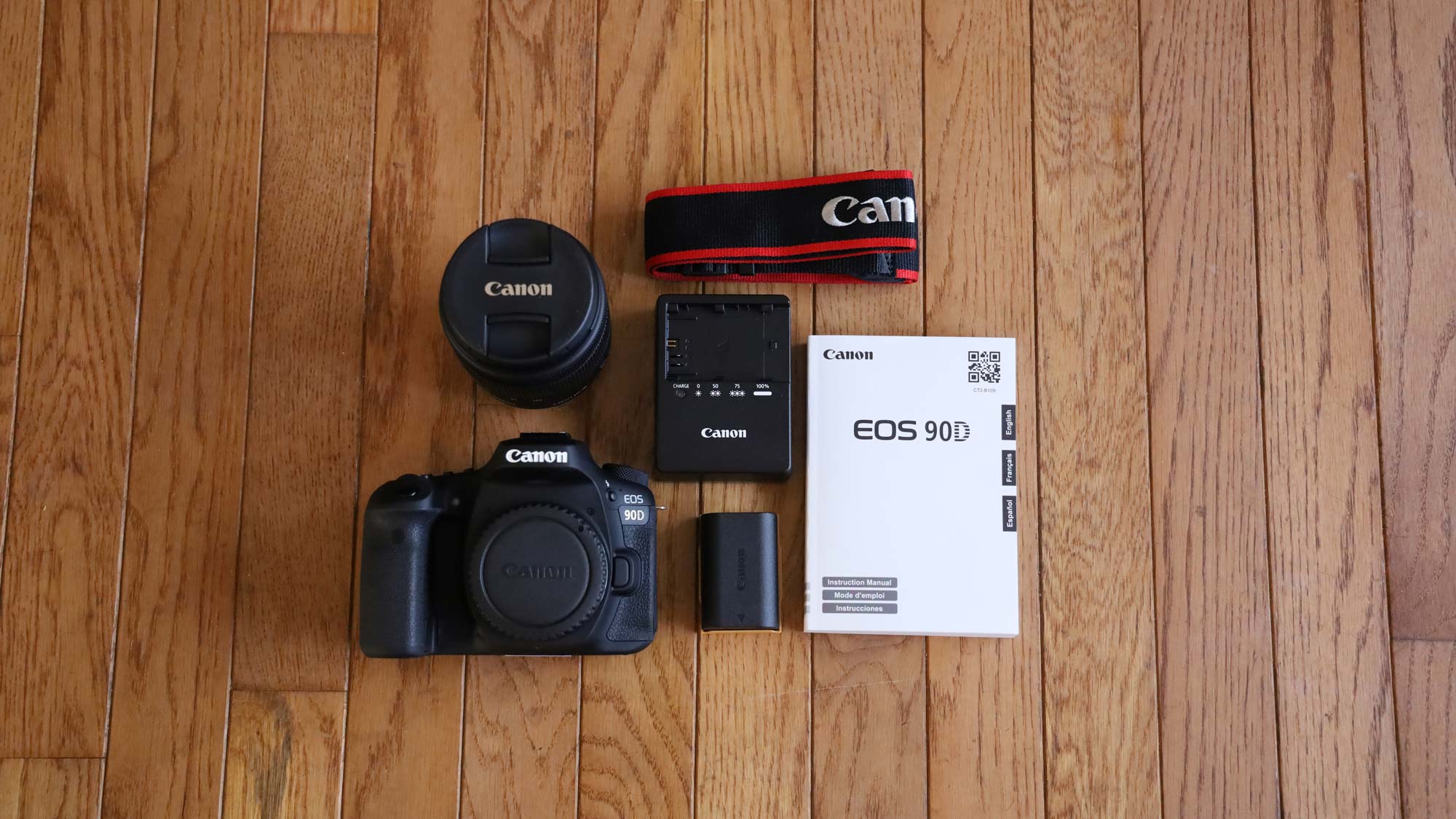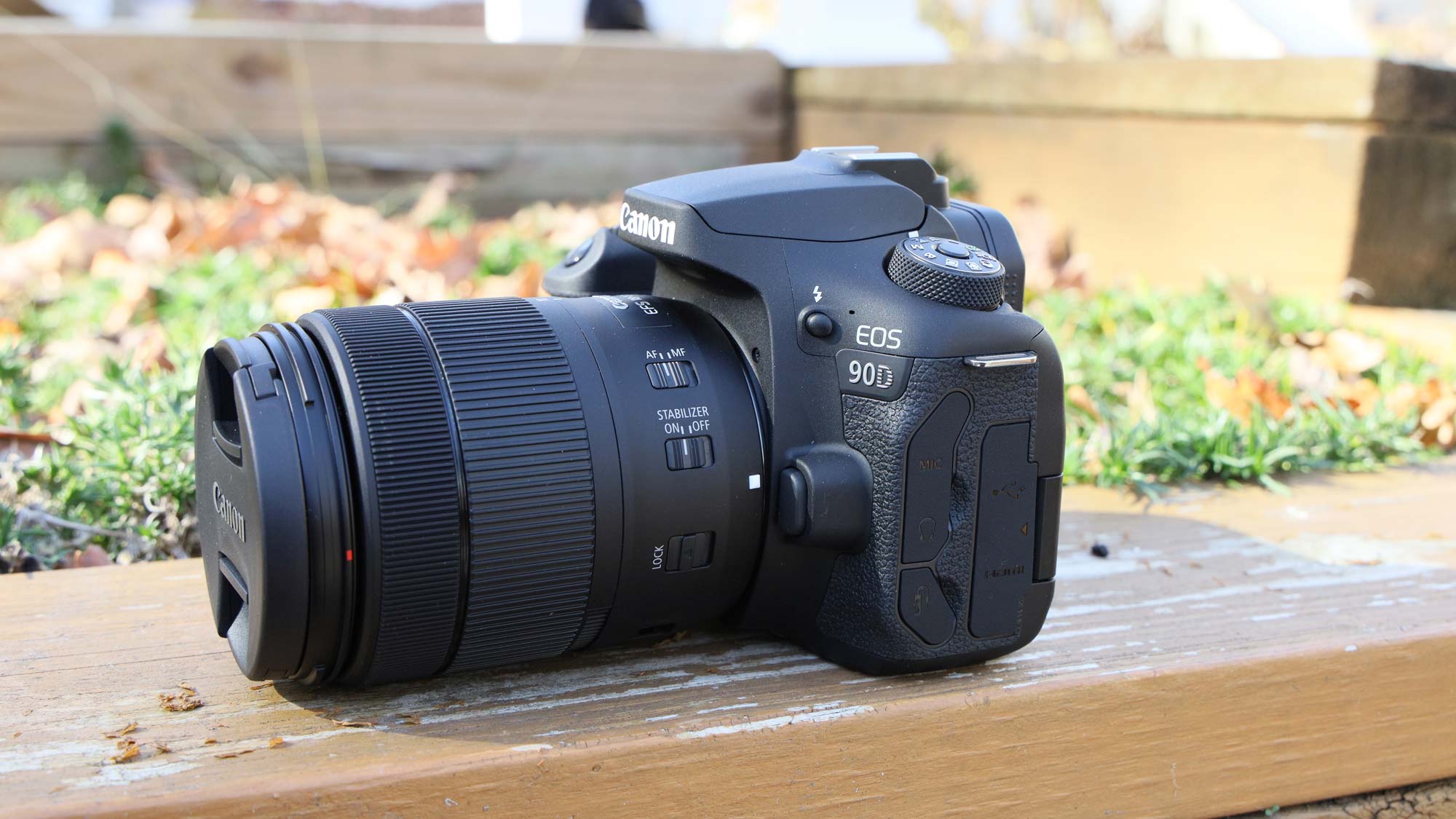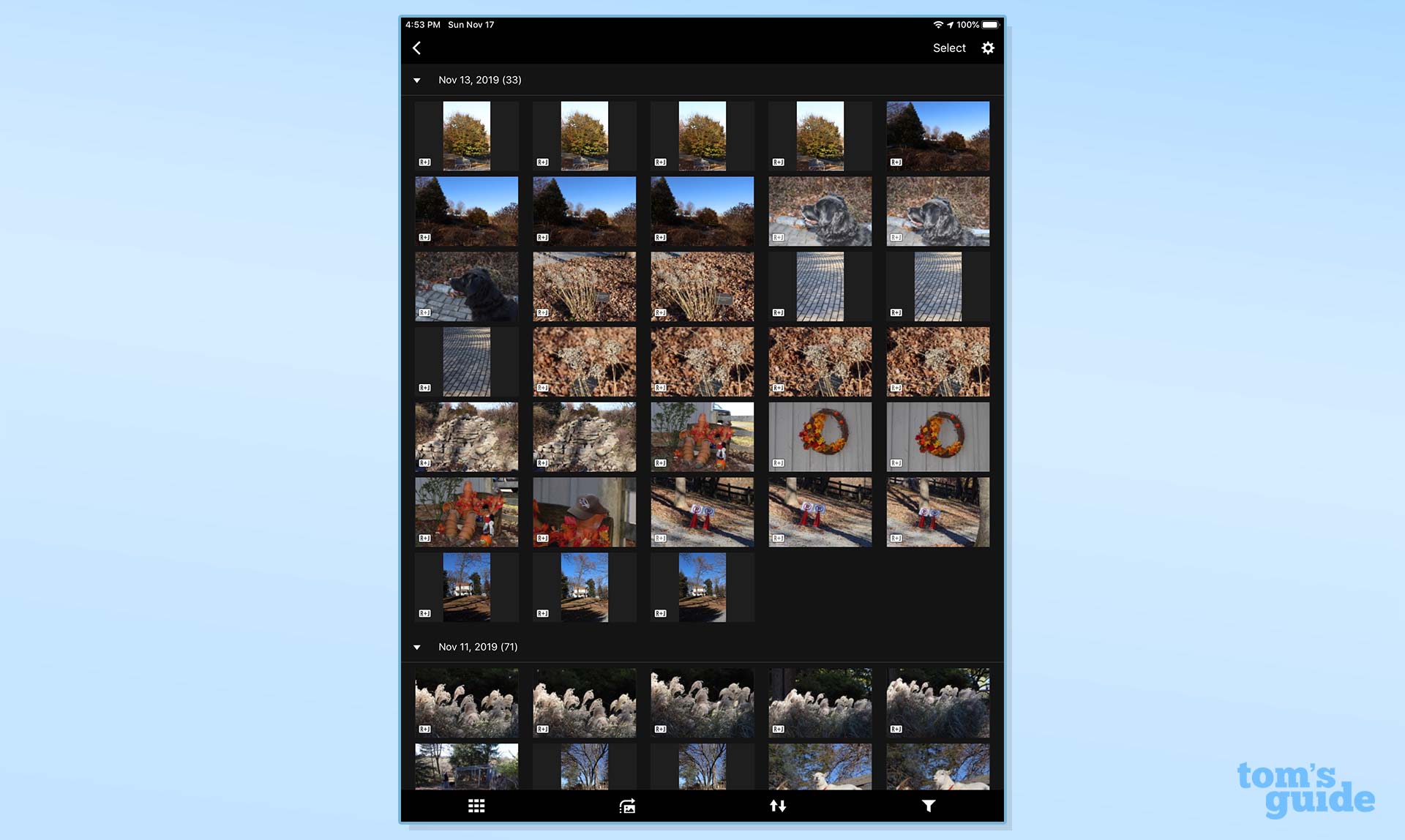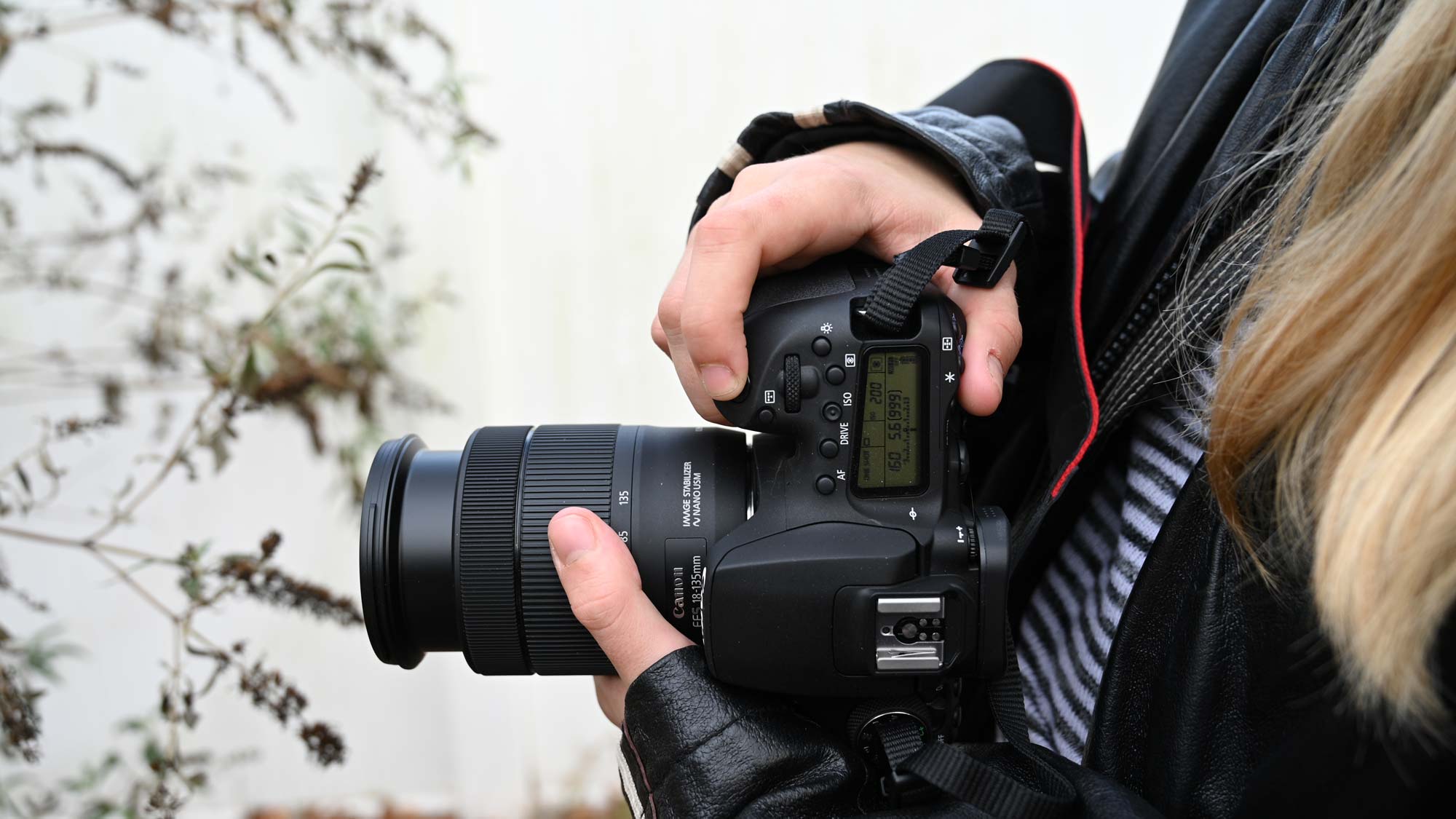Tom's Guide Verdict
The Canon EOS 90D is a solid option for those looking to step up to a full-featured DSLR without (totally) breaking the bank.
Pros
- +
Good image quality
- +
Fully articulated touch-screen LCD
- +
Solid feature set
- +
4k video
Cons
- -
Slow flash recycling in low light
- -
Mediocre kit lens
- -
Single card slot
Why you can trust Tom's Guide
It's been three years since Canon released the 24-megapixel EOS 80D DSLR, which was notable for its ease of use and a revamped Dual Pixel AF system.
Its successor, the EOS 90D, includes a new, 32-megapixel APS-C sensor, 10fps continuous shooting, great ISO range (from 100-25600; expandable to 51200), 4K video and, thankfully, the return of an AF joystick. These features make the 90D one of the best DSLR cameras for advanced amateurs, especially those who want to shoot video.
Canon EOS 90D price and availability
The Canon EOS 90D is being offered for $1,199 (body only); $1,349 with an EF-S 18-55mm f/3.5-5.6 IS STM lens; and $1,599 with an EF-S 18-135mm f/3.5-5.6 IS USM lens.
Who is this camera for?
Advanced amateurs who are looking for a new DSLR and enthusiasts who want to step up to a more sophisticated camera — especially if they already have Canon lenses — will find a number of this camera's features appealing. And, current users of the 80D and earlier EOS D-series models may, rightfully so, be tempted by the 90D's higher resolution sensor, speedier continuous shooting and 4K video.
What I liked
Solid build and good ergonomics
Similar to its predecessor, the EOS 90D is solidly built and, at 24.73 ounces and 5.5 x 4.1 x 3 inches, is almost the same weight and size as the 80D. The 90D's body is weatherproof, although I wouldn't take it out in the pouring rain.
A slightly larger grip and a logical control layout provide good ergonomics and usability. Photographers with larger hands have plenty of wiggle room between the grip and the lens barrel. The camera's real estate is covered with buttons and dials that are within easy reach for all but those with petite hands. If you're a Canon DSLR user, you'll have an easy transition to this camera.
Get instant access to breaking news, the hottest reviews, great deals and helpful tips.
Fully articulated touch-screen LCD
A fully articulated LCD is one of the best camera inventions ever, in my opinion. The screen can be angled for low-level and over-the-head shots, to avoid wash out from bright sunshine. It can also be pushed to the side for easier viewing, flipped forward for self-portraits and folded into the back of the camera to prevent damage to the monitor.
With the 90D, you get all of this as well as a very responsive touch screen. You can touch to focus, trigger the shutter and quickly navigated on-screen menus.
Good image quality
Overall image quality from the EOS 90D was quite good. You'll get the best photos when shooting (and processing) RAW images, but straight-out-of-the-camera JPEGs were quite nice, with accurate and pleasing colors. For the most part, the 90D delivers good dynamic range by retaining details across a range of shadows and highlights. And with the higher resolution sensor, you have more flexibility to crop photos while retaining enough pixels for an enlargement.
A bright blue sky in the background of this goat portrait adds a nice bit of color to the subject's less colorful white, brown and black coat.
Check out the image below, shot in bright sunlight with a shadow to the right. Look closely and you can see that the 90D got the highlights and shadow exposure right but maintained details throughout.
Practical and creative features
The 90D offers a solid feature set with practical functions that range from the expected (such as full manual and semi-manual exposure controls) to nice-to-have options such as in-camera RAW conversion. Although we recommend processing RAW files on the computer with imaging software, it's sometimes convenient to be able to make some quick adjustments to a RAW file and convert it to a JPEG while you're in the field.
On the creative side, the 90D comes with a set of creative filters that are applied after the shot. They include Grainy B&W, Toy Camera Effect, Soft Focus, Fish-eye Effect and more. And you can save the adjusted image as a new file so you don't overwrite the original.
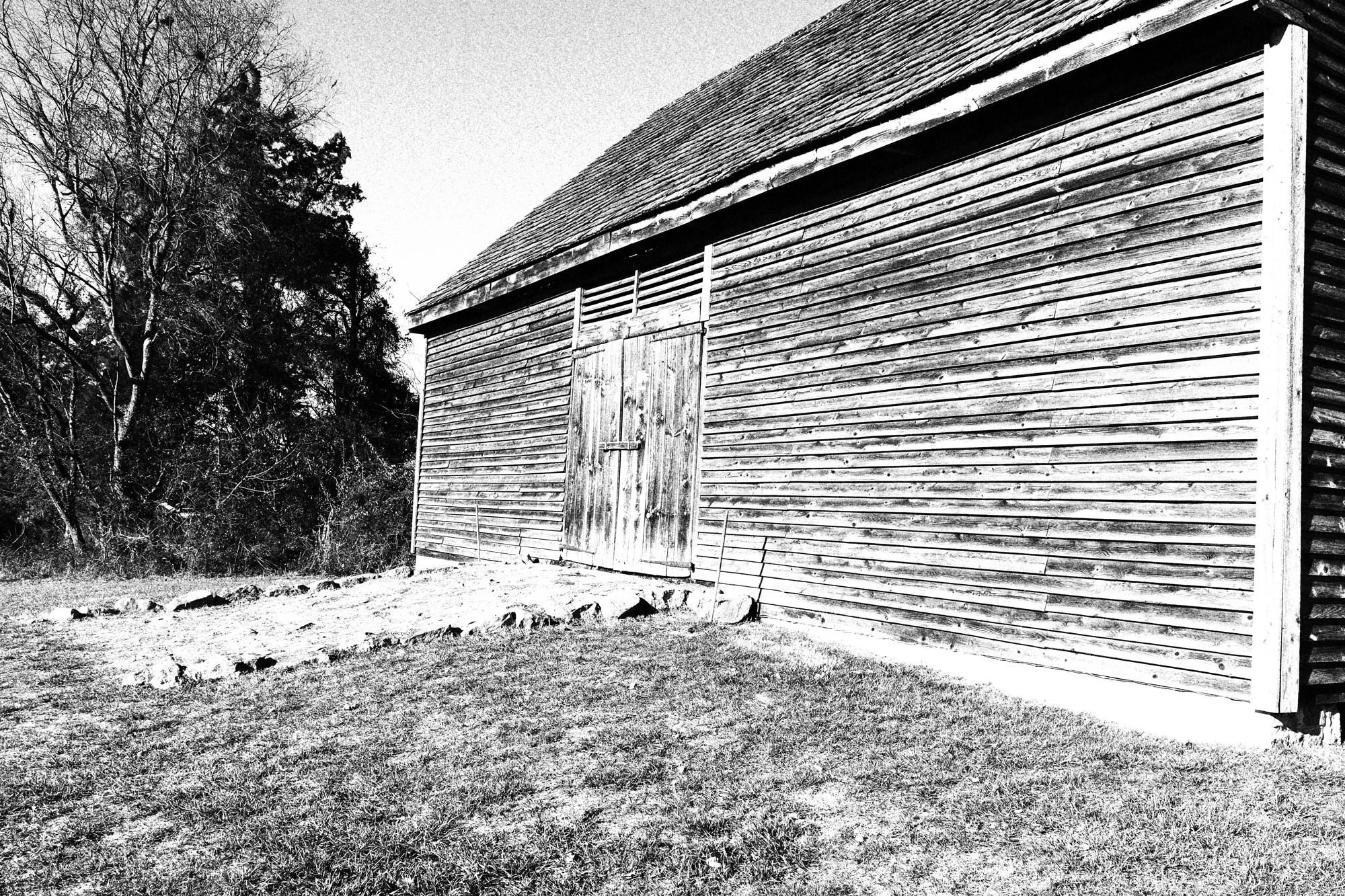
- DSLR vs. Mirrorless Cameras: Which is better for you?
Fast and accurate eye- and face-detection tracking
With its iTR (Intelligent Tracking and Recognition) technology, the 90D quickly and easily tracks eyes and faces, whether you're shooting through the optical viewfinder or Live View. The face detection worked even when shooting a subject from the side, and it was easy to keep up with the fast movement of a friend playing with my dog.
The 90D's 45-point phase-detect AF system, used when shooting through the optical viewfinder, is similar to that of the 80D and is relatively good. But the 90D's Dual Pixel AF system, available in Live View, is faster and more accurate.
Extended battery life
One of the great things about DSLRs versus mirrorless is battery life. The 90D's battery will last between 1,300 and 1,500 shots. Unless you're extremely prolific and/or are shooting a wedding or other event, you'll get at least a few straight days of shooting on a single charge (using Live View and shooting lots of 4K video will generally run down the battery sooner).
Easy Wi-Fi/Bluetooth connectivity
Canon's mobile app, Camera Connect, available for iOS and Android, is one of the easiest apps to set up with a camera. The directions are clear and there's an option to pair the camera and mobile device with a QR code. I opted to go through a manual pairing using a password, and it was a breeze — until I got a message that the 90D was not supported. (An update to the iOS on my iPad Pro fixed that.)
In addition to transferring files from camera to mobile device, Camera Connect also allows you to shoot remotely — great for photographing skittish wildlife or ensuring that you can get in a group photo.
4K video
The 90D offers a range of video options, including the new 4K video, which shoots footage uncropped. Image quality is decent but not award-winning. Still, it's certainly good enough for most users' needs. In addition to the fully articulated LCD, which comes in handy when shooting video, the 90D offers microphone and headphone jacks, as well as HDMI for output to external devices.
Recording for 4K is limited to 30fps; 1920 x 1080 can be captured at 60fps or 30fps; and 1080; 1280 x 720 at 30fps (unfortunately, there's no 24p for any resolution). There's a slow-motion option as well. And the responsive touch-screen LCD makes pulling focus a breeze. Just tap different AF points on the screen and the camera's AF moves where you want it.
What I didn’t like
No in-body stabilization
While in-body stabilization may be reserved for the best mirrorless cameras like those from Sony and Olympus, perhaps one day we'll see it in DSLRs like the 90D. But, for now, you have to rely on image-stabilized lenses for the 90D. And while the IS in the 18-135mm kit lens in the camera we tested was effective at eliminating blur from camera shake when hand-holding the camera, the lens' slow aperture (f/3.5-4.5) and less-than-stellar resolving power was disappointing.
Slow recharge for flash in low light
It's great to have a built-in flash on the 90D but when you need it the most — in very low light — it takes a little longer than we'd like to recycle. Although it's maybe a couple of seconds, when you're trying to capture several consecutive shots, you may miss a bit of the action. However, when used as fill flash outside, when it doesn't need as much power to fill in shadows, you can take 2 to 3 shots in quick succession, as I did in this image.
Image noise at high ISO
The 90D's broader ISO range (100-25600 and expandable to 51200 versus the 80D's 100-16000) is a welcome update but I was a little disappointed in how the 90D handled image noise. For the best results, keep the ISO as low as possible, of course. If you need to push the ISO, try not to exceed ISO 6400 and take care of the noise in post-processing software. The camera's noise reduction technology overdoes it and will result in softer than acceptable images.
Single card slot
A pet peeve of mine and other photographers is the single card slot. While you may never have experienced a card failure (and I hope you never do), a second card slot lets you have an immediate source of image backup. But, with 4K video and the large files from 90D's 32 MP sensor, you will fill up a single card more quickly and may well need a second card to capture the overflow.
Bottom line
These days, the question may be more about whether you want a DSLR or a mirrorless camera than which DSLR to buy. That's a valid concern but if you like the solid heft of a DSLR to balance long lenses, a never-blacks-out optical viewfinder (and the 90D has a good one), good battery life and a high level of responsiveness, then a DSLR may best meet your needs.
Although choices aren't quite as numerous as in days past, the 90D plays an important role in the midrange DSLR arena. It's more sophisticated than entry-level DSLRs like Canon's Rebel line, yet more affordable than, say, Canon's 5D series cameras or the Nikon D850. As such, the 90D is a good fit for photographers who want a sophisticated, high-performance camera that won't break the bank.
Take a look at our Canon promo codes for the latest offers from the retailer.
Theano Nikitas is a freelance journalist and photographer. She's been writing about photography for more than 20 years, contributing countless reviews of cameras, lenses, accessories and software packages to Tom's Guide. Her work has also appeared in dozens of other magazines and websites, including CNET, DPreview, PopPhoto, Professional Photographer and Shutterbug.
